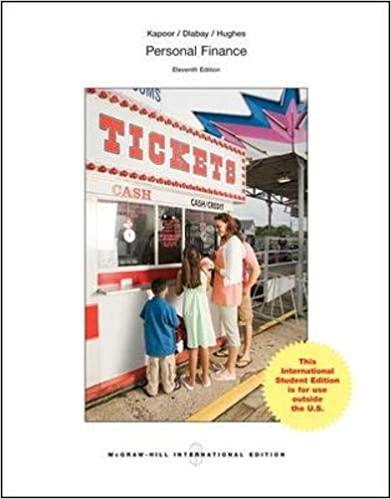please do (a)


5. Long Answer Question (60 points) The Modified Model of Bank Run: The model I will present here is another modification of the model by Diamond and Dybvig we learned in class and the problem set. Here, we still looked at a 3-period model, t=0,1,2. There is a single good in the economy (input in period 0 , output in periods 1 and 2). All agents have $1 to invest at t=0. They have a choice between investing in liquid assets and illiquid assets like before. However, now there are two types of illiquid assets one can choose to invest. First, you invest in the risk-free illiquid asset so that it will yield the return F. Another alternative is to invest in the risky illiquid asset that will yield F~. That is, if you invest 1 in period t=0 in the illiquid assets, then in period t=2, you will unfortunately get just 1 back with probability and with probability 1 you will get G>F. Therefore, your expected return on the risky illiquid assets at t=2 is F~=+(1)G. Hence, both assets have the following payoff There are 3 types of agents: those who consume in period 1(=1), those who are risk-averse and consume in period 2(=2) and those who are risk-loving and consume in period 2(=3). Let be a fraction of agents of type 1 , and 1 be the total number of agents consuming in period 2. Let be a fraction of the risk-averase agents (type 2) and 1 be a fraction of risk-loving agents of type 3 . Therefore, the fraction of agents of type 2 in the economy is (1) and the fraction of agents of type 3 in the economy will be (1)(1). All agents invest in period t=0 of $1. Agents are ex-ante equivalent. This means that they don't know their types at t=0 and the type is revealed at t=1. In this context, banks will try to invest according to the nature of the agents. That is, if agents are risk-loving, then banks will offer the product that will possibly yield higher return (F~) and will invest in the risky illiquid assets. Let c1 and c2 and c~2 be the consumption of agents in period t=1t=2 and t=3 respectively. The utility of agents is given by u(c1,c2)=lnc1,ln(c2),ln(c2),=1=2=3 where is the discounted utility factor with the assumption G1








